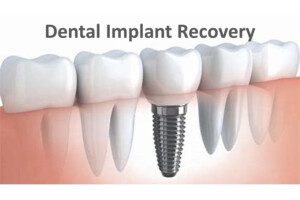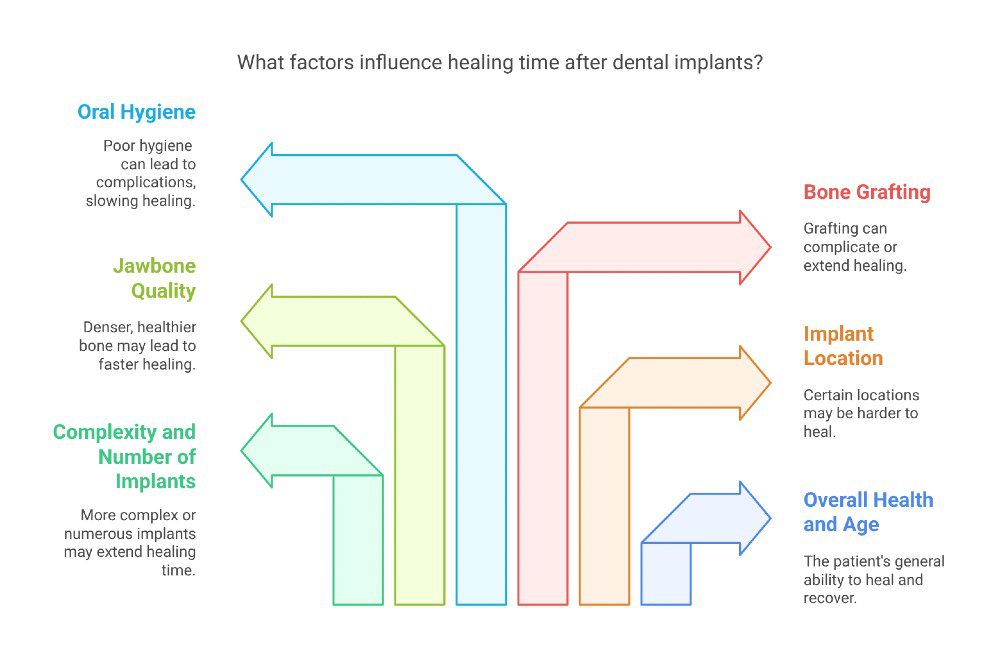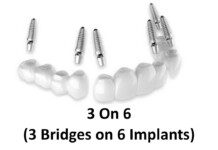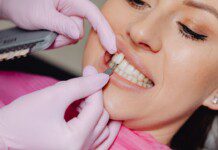
Healing time for dental implants can vary significantly based on multiple factors. Understanding these factors is crucial for patients and dental professionals to manage expectations and optimize care. The healing process encompasses several phases, each influenced by the patient’s individual health, the complexity of the procedure, and the specific characteristics of their jawbone. By examining these variables and adhering to recommended post-operative care, patients can enhance their recovery and ensure the long-term success of their dental implants.
Factors Influencing Healing Time
 Patient’s Overall Health and Age
Patient’s Overall Health and Age
The healing process of dental implants can be significantly impacted by a patient’s overall health and age. Patients with chronic health conditions such as diabetes, autoimmune diseases, or other systemic illnesses may experience slower healing due to their bodies’ reduced ability to repair tissues and fight infections. Similarly, older patients may face longer healing times as the regenerative capabilities of tissues tend to diminish with age. Maintaining good general overall health and managing chronic conditions effectively can enhance the healing process.
The Complexity and Number of Implants
The complexity of the dental implant procedure performed, and the number of implants placed also affect the healing time. A straightforward single-tooth implant will generally heal faster than a complex procedure involving multiple implants, bone grafts, or sinus lifts. Complex cases require more extensive surgical interventions, leading to a longer recovery period. A basic guideline is: The more extensive the surgery, the more time the body needs to heal and integrate the implants.
Location of the Implants in the Jaw
The location of the dental implants within the jawbone can influence the healing duration. Implants placed in the front (anterior) part of the jaw may heal at a different rate than implants placed in the posterior (back) regions. Implants in the lower jaw usually heal faster than those in the upper jaw. This is because the bone in the lower jaw is typically more dense than it is in the upper jaw. Implants placed in the upper canine area often take a little longer to heal because the bone near the sinus is not as dense.
Quality and Density of the Jawbone
The health, quality and density of the patient’s jawbone are critical factors in determining the healing time for dental implants. Patients with dense, healthy bone structure are likely to experience quicker and more successful osseointegration. Conversely, those with low bone density or poor-quality bone may face extended healing times and might require additional procedures, such as bone grafting, to provide a solid foundation for the implants. Adequate bone support is absolutely essential for the stability and longevity of dental implants.
Whether or Not Bone grafting Was Done
If bone grafting is required, it can take three to nine months for the grafted site to heal before the implant can be placed. At times when bone grafting is done at the same time as the implants, it is typically expected that they will take longer to heal than those placed in solid bone not requiring grafting.
Oral Hygiene and Personal Habits
Oral hygiene plays a critical role in the healing process of dental implants, affecting both recovery time and the long-term success of the procedure. It prevents infection, removing the harmful bacteria that may attack the implant site. Other personal habits like smoking and heavy alcohol consumption also hinder the healing, so it’s important to not smoke or chew tobacco, and if you drink alcohol, keep it to a minimum during the healing phase.
Phases of Healing
Initial Healing Phase Post-Surgery
The initial healing phase begins immediately after the dental implant surgery. This period typically lasts for about one to two weeks and involves the body’s natural response to surgery, including swelling, minor bleeding, and possibly some discomfort. During this phase, patients should follow their dentist’s post-operative care instructions closely, which may include taking prescribed medications, applying ice packs to reduce swelling, and avoiding strenuous activities. Proper care during this phase is crucial to prevent complications and promote optimal healing.
Osseointegration
Osseointegration is the process by which the dental implant fuses with the jawbone, creating a stable and durable foundation for the artificial tooth.
This critical phase usually takes between three to six months, depending on various factors such as the patient’s bone quality, overall health, and whether or not one graying was done prior to or during implant placement. During osseointegration, the bone cells grow around the implant, securing it in place. Successful osseointegration is essential for the long-term success of the implant, as it ensures that the implant can withstand the forces of chewing and function like a natural tooth.
Placement of the Abutment and the Final Crown, Bridge or Fixed Implant Denture
After osseointegration is complete, the next step involves placing the abutment, which is a connector piece that links the implant to the final dental prosthetic tooth/teeth. This phase sometimes involves a minor surgical procedure to expose the top of the implant and attach the abutment. Once the abutment is in place, the surrounding gum tissue needs time to heal, which typically takes anywhere from a few days to a few weeks, depending on how quickly your body tends to heal. After the gums have healed, the final custom-made crown or other prosthesis is placed on the abutment(s). These are designed to match the patient’s natural teeth in color, shape, and size, completing the process.
Average Timeline for Dental Implant Healing
Typical Timelines for Each Phase of Healing
- Initial Healing Phase: 1-2 weeks post-surgery.
- Osseointegration: 3-6 months.
- Placement of Abutment and Final Crown: 1-3 weeks after osseointegration.
What Can Extend These Timelines
Several factors can extend the typical healing timelines for dental implants, including:
- Infection: Post-operative infections can delay healing and may require additional treatment such as antibiotics or further surgical intervention.
- Implant Failure: In cases where the implant does not successfully integrate with the bone (implant failure), additional surgeries may be needed, significantly extending the overall healing time.
- Bone Grafting: If bone grafting or other preparatory procedures are required to enhance bone quality and density, the healing process may be prolonged to allow the grafts to integrate properly before implant placement.
Care and Maintenance During Healing
Immediate Post-Operative Care Tips
Proper care and maintenance during the healing process are essential to ensure successful outcomes for dental implants. Patients should adhere to the following post-operative care tips:
- Avoid Smoking: Smoking can impair blood flow and healing, increasing the risk of infection and implant failure. It is crucial to avoid smoking during the healing process.
- Follow Oral Hygiene Instructions: Maintaining good oral hygiene without disturbing the surgical site is vital. Patients should use a soft-bristled toothbrush and follow their dentist’s recommendations for cleaning around the implant area.
- Manage Pain and Swelling: Patients can manage pain and swelling by taking prescribed pain relievers and anti-inflammatory medications as directed by their dentist. Applying ice packs to the affected area can also help reduce swelling.
- Eat Soft Foods: A diet of soft foods is recommended to avoid putting pressure on the implants and to allow the surgical site to heal without disruption. Foods such as yogurt, mashed potatoes, soups and smoothies are suitable options.
- Attend Follow-Up Appointments: Regular follow-up appointments are essential to monitor the healing progress and address any issues promptly. These appointments ensure that the implant is integrating properly and that the patient is on track for successful dental restoration.
Conclusion
In conclusion, the healing time for dental implants is a multifaceted process influenced by the patient’s overall health, the complexity and number of implants, the location within the jaw, quality of the jawbone, whether or not bone grafting was done, and personal hygiene and oral habits. Each phase, from initial healing to osseointegration and the placement of the final teeth, requires careful management and adherence to post-operative care instructions. Factors such as infections, implant failure, and the need for bone grafting can extend healing times. By following proper care guidelines and maintaining regular dental check-ups, patients can improve their recovery outcomes and achieve successful, long-lasting dental restorations.






